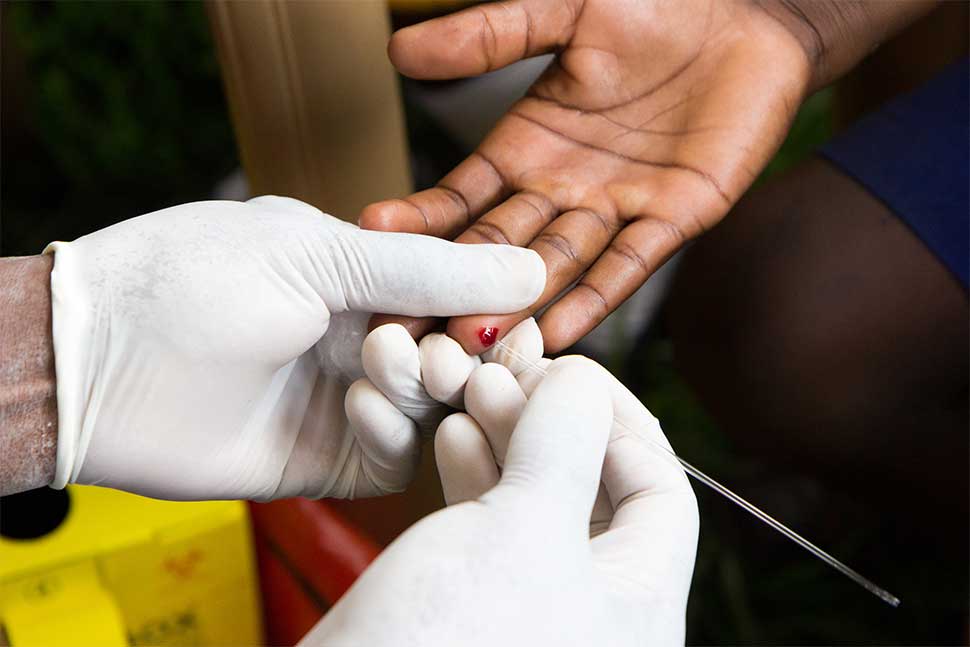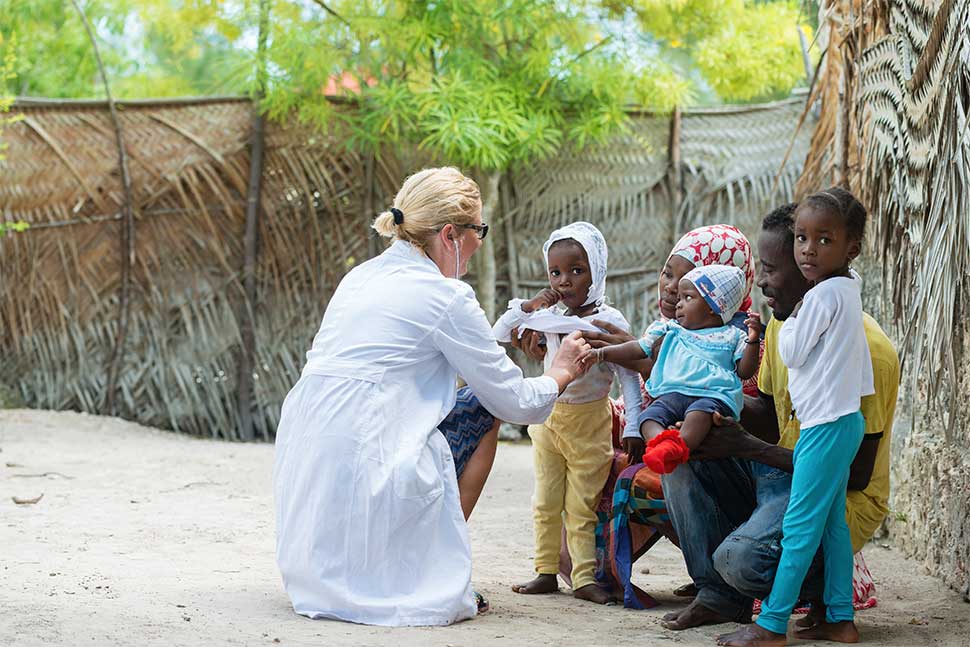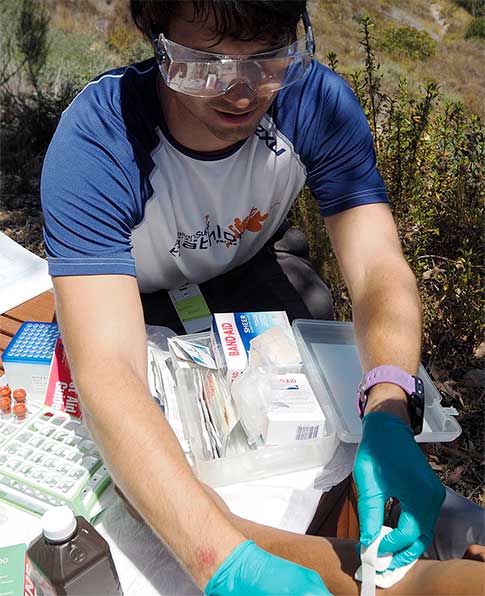The Invetech team had several challenges to resolve in designing the technology demonstrator units:
- The units needed to withstand the tropical and subtropical climatic factors in regions where malaria is found – high temperature, humidity and rainfall;
- The prototypes had to be physically durable to safeguard performance in the event of accidental droppage or vibrations from off-road mobile transport over rough terrain in Africa where the units were to be field tested;
- The optical sub-system needed to be able to focus down to 10 microns, maintaining consistency across samples and over time with continued use; and
- The user interface design was limited by the need to work with a previously selected operating system and computer platform with a small 6-inch wide screen, as well as the need for it to be language-independent through the use of intuitive and easy-to-navigate workflows and symbols.
Early and sustained collaboration with the client teams was critical to the successful and timely completion of the project. At the onset, a dedicated Invetech team was established to provide continuity and avoid any personnel change-related process delays.
An immersive kick-off workshop was held with both clients, followed by weekly three-way meetings throughout the project and occasional on-site visits to the Invetech San Diego site at key project milestone points. With input needed from both client team stakeholders, maintaining clear communication lines was vital to keeping the project on track.
Designing a precise optical sub-system that could hold up under environmental stresses was key to the overall performance of the device. Together with the clients, Invetech developed the acceptance criteria of the completed system.
Optical alignment was delicate, so the initial design work involved understanding the performance requirements, identifying what parameters were critical, where there was spatial criticality and what the fabrication tolerances for parts were.
In addition, the design utilized precision optical components and included a simplified assembly process to keep down costs. Having performed a detailed tolerance analysis, the Invetech team designed an optical sub-system employing metal components and multiple alignment fixtures to support the assembly. This proved to deliver a solid solution, with good demonstrated performance even after drop tests.
Clear and concise user guidance that eliminated language barriers was needed to make operation easy without extensive user training. Invetech’s user experience team designed simple screens and workflows with line art to guide non-technical users step-by-step.




